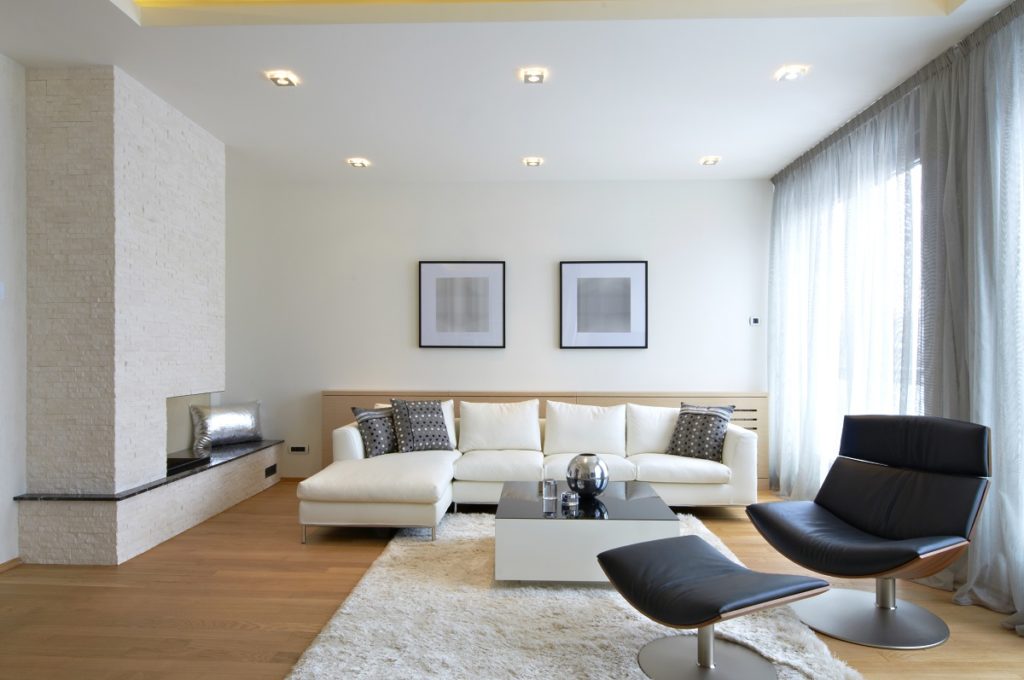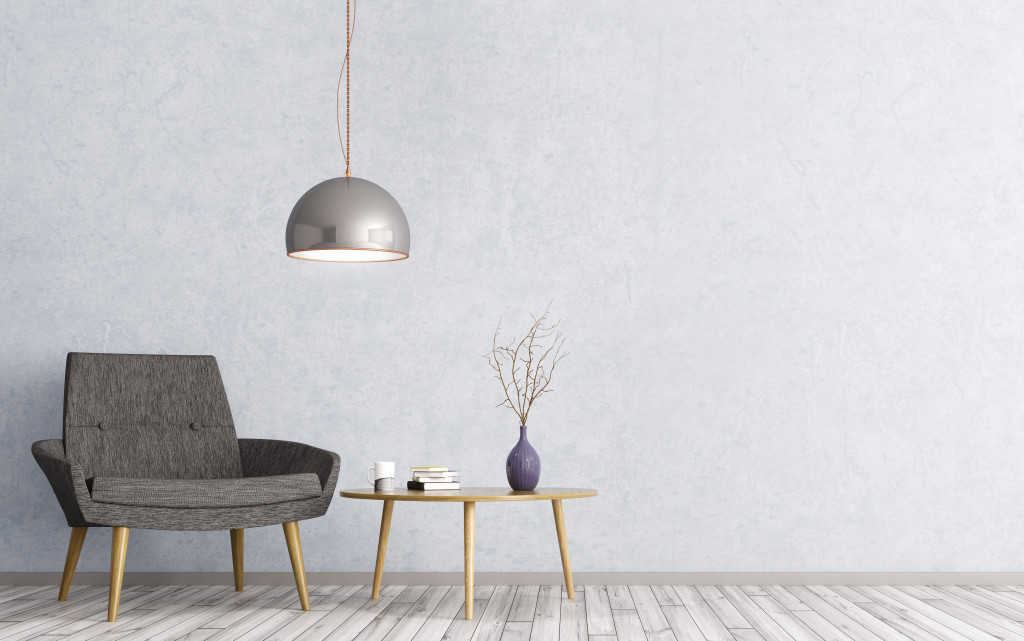Just because our homes are on the smaller side, it doesn’t mean it can’t be the haven of our dreams. Whether we live in a house, a condo unit, or an apartment, there are countless steps we can take to make the space we live in appear larger. With a lot of creativity and resourcefulness, we can achieve the square meters of our dreams—or at least the look of it. Here are some tips and ideas to make your home appear larger without doing a hard renovation.
Play with light.
Any plans to make a room look and feel bigger always involve light, both natural and artificial. If we are to create the illusion of a bigger space, we need to prioritize a sense of openness and movement. Incorporate mirrors into the walls and design elements with reflective surfaces for light to bounce off and ditch the heavy curtains or drapes. Go with custom shutters to save space and allow for more natural light, good insulation, and convenience.
Use white, light, neutral-toned, and monochromatic colors.
Research shows that light colors make things appear bigger. White walls aren’t just reserved for hospitals; when done right, they can make your space appear reflective, open, light, and serene. Painting the ceiling and walls the same light color can blur their boundaries, giving the illusion of a higher ceiling. To avoid making your white space appear cold, pair it with a warm-toned color palette. Choose neutral tones like beige, cream, mauve, and light browns to add warmth to your space. Choose a monochromatic color scheme and avoid busy patterns and colors; color-coordinate the furniture and other design elements.
Get rid of clutter.

The first and simplest way to make your space appear bigger is by getting rid of unnecessary items. Smaller spaces tend to look even more cramped because there is less space for you to move around in, and multiple colors make a room look busier. Keep everything clean and simple by hiding or disposing of materials you won’t use in your daily life.
Open the walkways.
Maximize your small space by pushing everything into the side. The rule of furniture ergonomics is that if it causes you to bump into things while trying to move around, it’s not functional and optimal. You need to be able to move around freely and easily. There should be large, open spaces and comfortable distances between the furnishings. If not, it’s time to get rid of some pieces. Do away with rugs, as well; if you’re able to see the floor, the room appears larger to the eye.
Scale everything down.
In light of opening up the pathways, we need to make sure to choose furniture pieces that are smaller, as well. Everything about interior design is proportions, and if a piece of furniture brushes up against the boundaries you set, it’s too large. Your furniture should always have a little air between the sides.
However, an exception to this rule is king-sized beds placed in small rooms, as it can give off a cozy sleeping cave vibe. Avoid weighty and heavy pieces that use up too much space. For example, a sleeker chair or sofa will allow for much more sitting room than an overly bulky couch. Avoid consuming valuable space on your floor, especially for unnecessary pieces.
Keep all the elements low.
Design elements and furniture pieces that are lower to the ground will create an atmosphere of openness in an area because they allow for more room above them. For example, if your bedroom is on the smaller side, consider placing the mattress directly on the floor or opt for a loft bed. For the living room, choose mid-century style pieces with shorter legs. It can give off a cozy yet still minimalist feel for your space.
Stick with simplicity.
Simply put, avoid maximalism at all costs. Here are some tips for keeping everything in your space light and simple:
- Choose airy and light fabrics. Do away with heavy textiles and textures.
- Be smart about your storage. Opt for furniture pieces that allow for hidden storage.
- Keep dressers, countertops, and nightstands clutter-free at all times.
- Put everything in its proper place.
The Bottom Line
A smaller space need not be dismissed too quickly. Take a look at your space and see it for its potential, not just what it is at the moment. With the proper use of colors, light, and smart furniture pieces and design elements, you can turn even a small space into the quarantine haven of your dreams.


